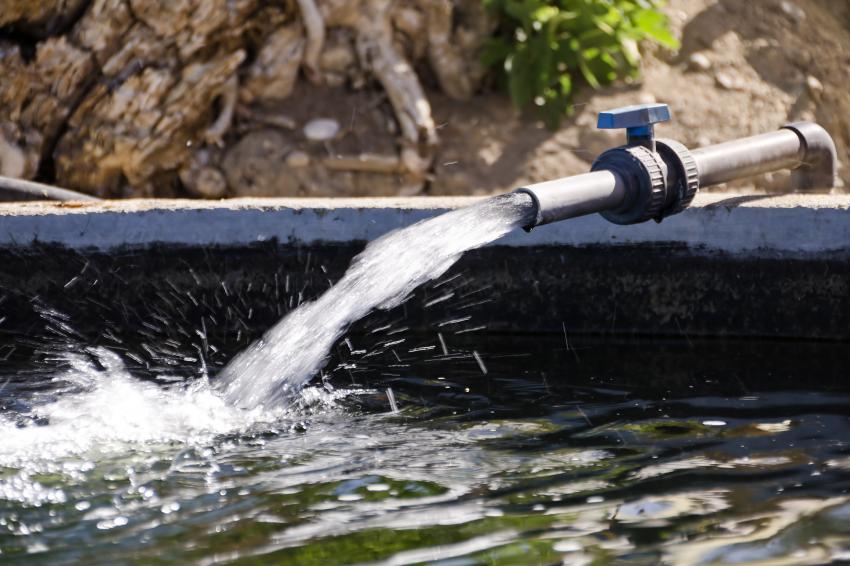DuPont Loses More C8 Cases
03.01.2017 -
December 2016 was a challenging month for DuPont. In the most high-profile incidence, the US chemical giant lost a third court case in the US state of Ohio linked to the leakage of the fluorochemical perfluorooctanoic acid (PFOA or C8), formerly used to produce its Teflon brand non-stick pan coating. A federal court in the city of Columbus ordered the Delaware-based group to pay $2 million to a man who blamed his testicular cancer on exposure to the chemical in drinking water.
The trial jury also found that DuPont acted with malice in the release of the chemical from a plant at its Washington Works in Parkersburg, West Virginia, on the Ohio border, now owned by spin-off Chemours. This could lead the sum to swell further if punitive damages also are imposed.
Currently, more than 3,400 lawsuits related to the West Virginia leak are pending against DuPont. Chemours, carved out in 2015, has an agreement to cover the costs of such lawsuits but DuPont as the named defendant is directly liable.
In the first court case, which ended in October 2015, the Ohio jury awarded compensation of $1.6 million to a woman who claimed the fluorochemical caused her kidney cancer. In another case, settled in July 2016, a jury found that DuPont acted with actual malice, awarding a plaintiff with testicular cancer $5.1 million in addition to $500,000 in punitive damages.
Altogether 39 more cases are slated to go to trial alone in Columbus in this year but Ohio is not the only place in which DuPont is facing legal issues related to C8 contamination. A lawsuit filed in New Jersey in December alleges that a local production complex was transferred to Chemours to avoid clean-up costs exceeding $1 billion, putting the chemical producer in violation of the state’s Industrial Site Recovery Act. The Chambers Works Complex is said to have released more than 160 million kg of toxic chemicals into the water and soil from the late 19th century until the early 1970s.
During the latter part of that period, the US Environmental Protection Agency (EPA) said DuPont was in violation of the Clean Air Act as regards its production of plastics and rubber as well as lead for gasoline, which the lawsuit claims generated sales worth “billions of dollars.”
In yet another case, the US Justice Department in late December announced that DuPont had agreed to pay around $50 million to resolve claims stemming from the release of mercury from its former plant in Waynesboro, Virginia. The mercury discharge is said to have contaminated more than 160 km of river and floodplain in the South River and South Fork Shenandoah River watershed. DuPont was ordered to pay just over $42 million for the pollution directly and up to $10 million to help renovate a fish hatchery.





